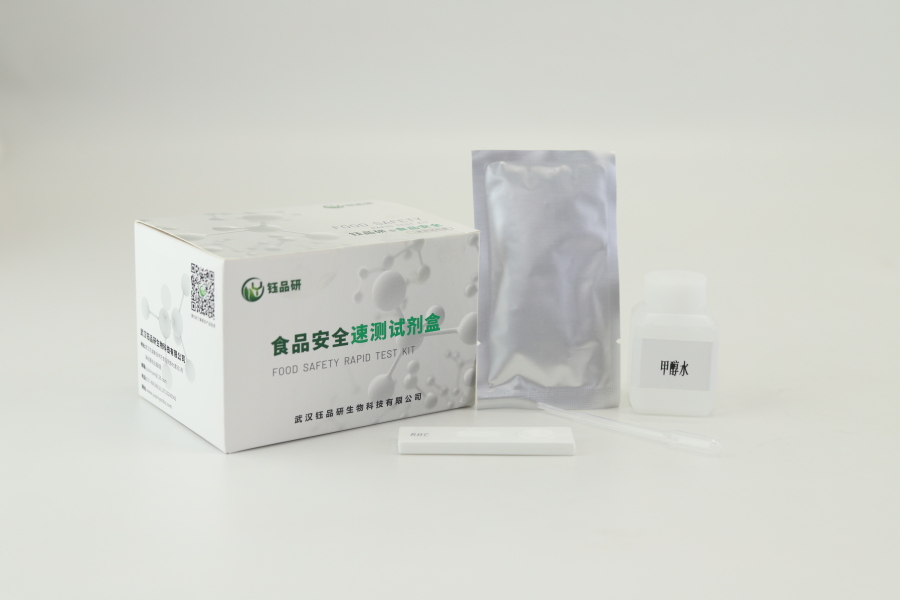As an important source of nutrients in the daily diet, the quality and safety of poultry eggs are directly related to the health of consumers. In the process of poultry egg breeding, some farmers may use the antiviral drug amantadine to prevent diseases, but excessive or improper use may lead to drug residues and affect food safety. In order to quickly and accurately detect the residues of amantadine in poultry eggs, the amantadine colloidal gold rapid detection card in poultry eggs came into being, and has become an important tool to guard the safety of the dining table.
So, what is the amantadine colloidal gold rapid detection card in poultry eggs? Simply put, it is a rapid detection product based on colloidal gold immunochromatography technology, which is mainly used for qualitative or semi-quantitative detection of amantadine residues in poultry eggs (such as eggs, duck eggs, etc.). The core principle is to use the antigen-antibody specific binding reaction to determine whether there is amantadine residue in the sample by competing with the amantadine in the sample to bind the antigen of the detection line.
This detection card usually consists of a sample pad, a binding pad, a nitrocellulose membrane (detection line and quality control line), and a water-absorbing pad. When used, it is only necessary to drop the treated poultry egg sample (such as the egg contents after homogenization) into the detection card and sample hole, and the amantadine in the sample will bind to the colloidal gold-labeled antibody on the binding pad to form a complex. If amantadine is present in the sample, the complex will move towards the nitrocellulose membrane, bind to the antigen on the detection line, and develop color at the detection line position; if there is no amantadine in the sample or the concentration is too low, the detection line will not show color. The quality control line is used to verify whether the detection process is effective and ensure reliable results.
Compared with traditional detection methods (such as high-performance liquid chromatography, liquid chromatography-mass spectrometry, etc.), the amantadine colloidal gold rapid detection card in poultry eggs has significant advantages: first, the detection speed is fast, the whole process usually only takes 10-15 minutes, and the results can be produced quickly; second, it is easy to operate, without professional equipment and complex pretreatment, and can be operated by ordinary personnel after simple training; third, it is low cost and suitable for large-scale sample screening; fourth, it has high sensitivity and can detect low-concentration residual substances to avoid missed detection.
In practical applications, the detection card is widely used in scenes such as pre-slaughter self-inspection of poultry egg farms, on-site rapid screening by market supervision departments, and raw material acceptance of food production enterprises. Through timely detection of amantadine residues in poultry eggs, it can effectively prevent unqualified products from entering the market and ensure consumers' "safety on the tip of the tongue" from the source.
With the increasing emphasis on food safety, the application of amantadine colloidal gold rapid detection cards in poultry eggs will become more popular. It not only provides an efficient tool for food safety supervision, but also injects impetus into the healthy development of the poultry egg industry, allowing consumers to eat more confidently and at ease.


